The history of Lexington, Massachusetts, is a tale of enduring significance, shaped by its colonial origins, pivotal role in the American Revolutionary War, and ongoing commitment to preserving its historic legacy.
Originally inhabited by Native American tribes, Lexington was settled by European colonists in 1641 as a farming community.
However, it gained international renown as the site of the first shots of the American Revolutionary War on April 19, 1775, in the Battle of Lexington.
The iconic Shot heard worldwide echoed through its streets, marking the beginning of a revolution that would ultimately lead to American independence.
Today, Lexington is a living testament to its rich and diverse heritage, commemorating its past while embracing its present as a vibrant and historic community. Stay sharp.
Native American Roots in the History of Lexington, Massachusetts
Lexington, Massachusetts, has a rich history deeply rooted in Native American origins and subsequent European settlement.
From its early days as a farming community to its pivotal role in the American Revolutionary War, Lexington’s narrative is woven with layers of cultural and historical significance.
Native American Presence
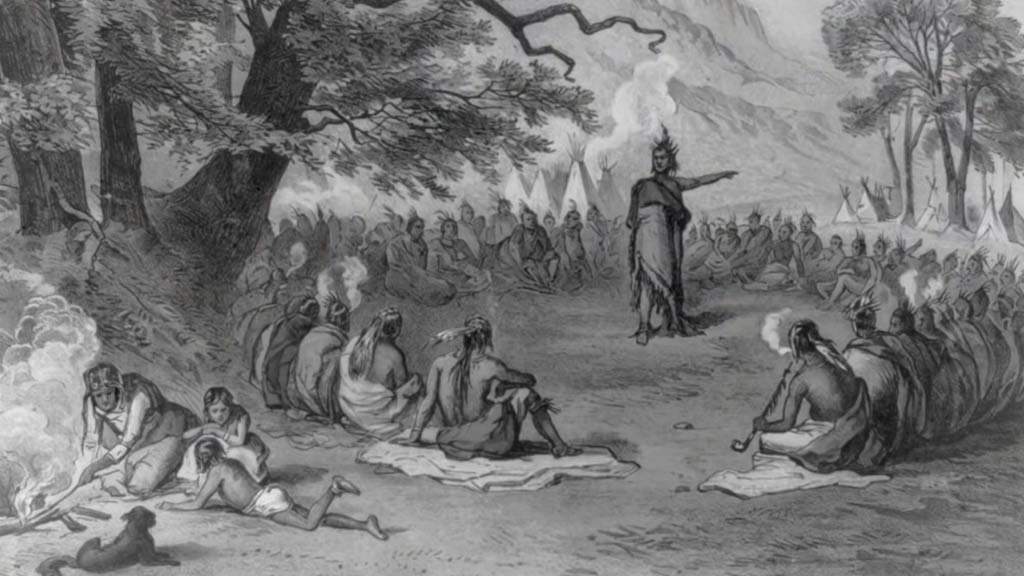
Before European settlers arrived, the land that would become Lexington was inhabited by Native American tribes, including the Massachusett and Wampanoag peoples.
These indigenous communities had established settlements, trails, and trading routes throughout the region, shaping the landscape and culture of the area for centuries.
European Settlement
In 1641, European colonists from Cambridge settled in what is now Lexington. Initially an agricultural community, the settlers cleared land for farming and established homesteads.
The influx of European settlers led to significant changes in the local environment and way of life for the indigenous peoples, as their lands were gradually encroached upon.
Revolutionary War Prelude
Lexington gained international recognition as the site of the opening shots of the American Revolutionary War on April 19, 1775.
British troops, marching from Boston to Concord to seize colonial military supplies, encountered a small group of colonial militia on Lexington Green.
The ensuing confrontation resulted in the famous “Shot heard ’round the world,” marking the beginning of the war for American independence.
Battle of Lexington
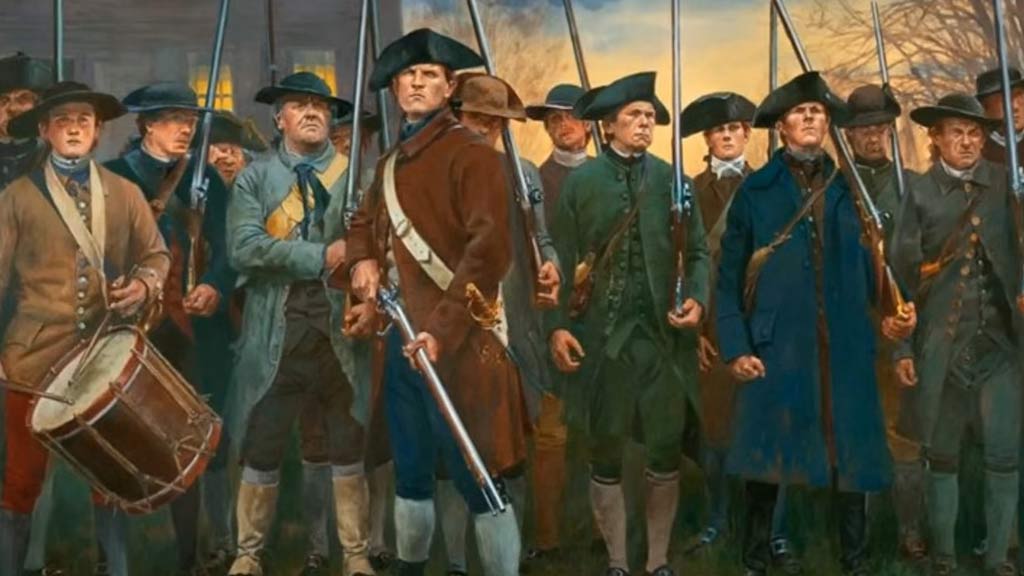
Though brief and relatively minor in scale compared to later engagements, the Battle of Lexington holds immense symbolic importance in American history.
It symbolizes the colonists’ resistance against British tyranny and their determination to fight for liberty and self-governance.
The bravery and sacrifice of the Lexington militia members, who stood their ground against a superior force, are commemorated annually in reenactments and memorials.
Legacy and Commemoration
Lexington honors its historical significance through various monuments, museums, and events dedicated to preserving and educating the public about its past.
The Lexington Battle Green, where the initial confrontation occurred, remains a focal point for commemoration and reflection.
The town’s historic buildings, such as the Buckman Tavern and Munroe Tavern, also serve as living reminders of its colonial heritage.
Cultural Diversity and Continuity
Despite the profound changes brought by European colonization and the Revolutionary War, Lexington continues to be a diverse and vibrant community, reflecting its rich cultural heritage.
Efforts to recognize and respect the town’s Native American roots, alongside its colonial history, contribute to a more comprehensive understanding of its identity and legacy.
Lexington’s history encompasses a dynamic interplay of Native American heritage, European settlement, and revolutionary fervor.
European Settlement and Early Development of Lexington, Massachusetts
European Settlement and Early Development of Lexington, Massachusetts:
Establishment of Settlement
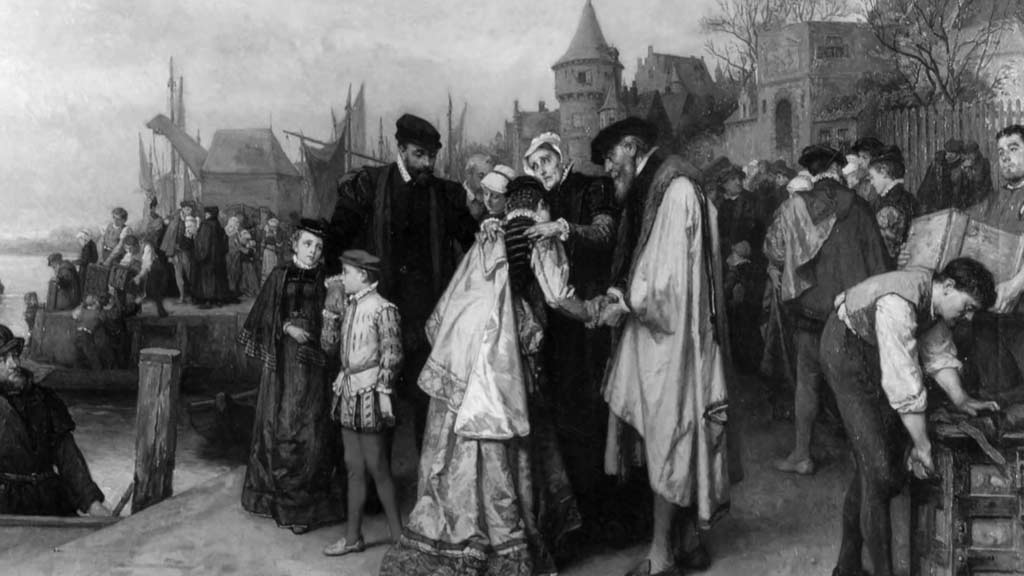
European settlement in Lexington began in 1641 when a group of Cambridge, Massachusetts, settlers moved westward and established homesteads in the area.
The fertile land attracted farmers who cleared fields for agriculture and built homes, gradually transforming the landscape.
Agricultural Economy
The primary focus of early development in Lexington was agriculture. Settlers cultivated crops such as corn, wheat, and vegetables, utilizing the region’s rich soil.
Livestock farming, including cattle, sheep, and pigs, also significantly affected the local economy.
Village Formation
As the population grew, small villages and hamlets began to emerge within the township of Lexington.
These settlements clustered around meetinghouses, taverns, and mills, forming the nucleus of community life. Villages like Lexington Center and East Lexington became a trade, social interaction, and governance focal points.
Roads and Transportation
The development of roads and transportation networks was crucial for connecting Lexington to neighboring towns and cities. Early settlers carved out trails and rudimentary roads to facilitate travel and commerce.
These routes later evolved into major thoroughfares, such as Massachusetts Avenue, a central artery in modern-day Lexington.
Religious and Civic Institutions
Churches and meetinghouses played integral roles in early settlers’ social and spiritual life. Establishing congregations and religious societies provided a sense of community cohesion and identity.
Additionally, local government institutions, including town meetings and elected officials, began to take shape, laying the foundation for self-governance.
Taverns and Commerce

Taverns served as important social hubs and centers of commerce in colonial Lexington. These establishments provided travelers with food, lodging, and entertainment while serving as town meetings and gatherings venues.
Tavern keepers often played influential roles in local politics and business affairs.
Expansion and Land Use
As the population grew and land became increasingly scarce, tensions arose over land ownership and usage rights.
Conflicts sometimes erupted between settlers and indigenous peoples, leading to disputes and occasionally violence.
The acquisition of land from Native American tribes through treaties and land purchases further shaped the development of Lexington.
Community Resilience
Despite the challenges of frontier life, early settlers demonstrated resilience and ingenuity in building a thriving community.
They laid the groundwork for Lexington’s future growth and prosperity through cooperation, hard work, and determination.
Revolutionary War in the History of Lexington, Massachusetts
The Revolutionary War in the History of Lexington, Massachusetts:
Tensions with Britain
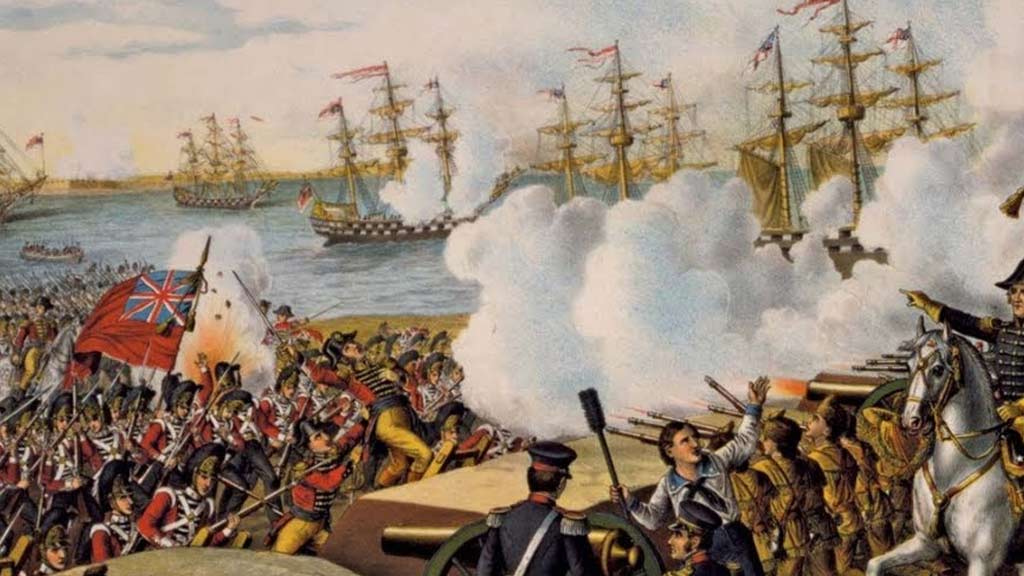
In the years leading up to the Revolutionary War, tensions between the American colonies and Great Britain escalated over issues such as taxation without representation, colonial autonomy, and British military presence.
Like many other colonial towns, Lexington was deeply affected by these tensions.
British Troop Movements
In April 1775, British forces in Boston received orders to seize colonial military supplies stored in Concord and to capture colonial leaders Samuel Adams and John Hancock.
Aware of these plans, colonial militias began mobilizing to protect their communities and resist British encroachment.
Midnight Ride of Paul Revere and William Dawes
On the night of April 18, 1775, Paul Revere and William Dawes rode from Boston to Lexington to warn local militias of the impending British advance.
Their efforts alerted the countryside and helped prepare colonial forces for the coming conflict.
Battle of Lexington
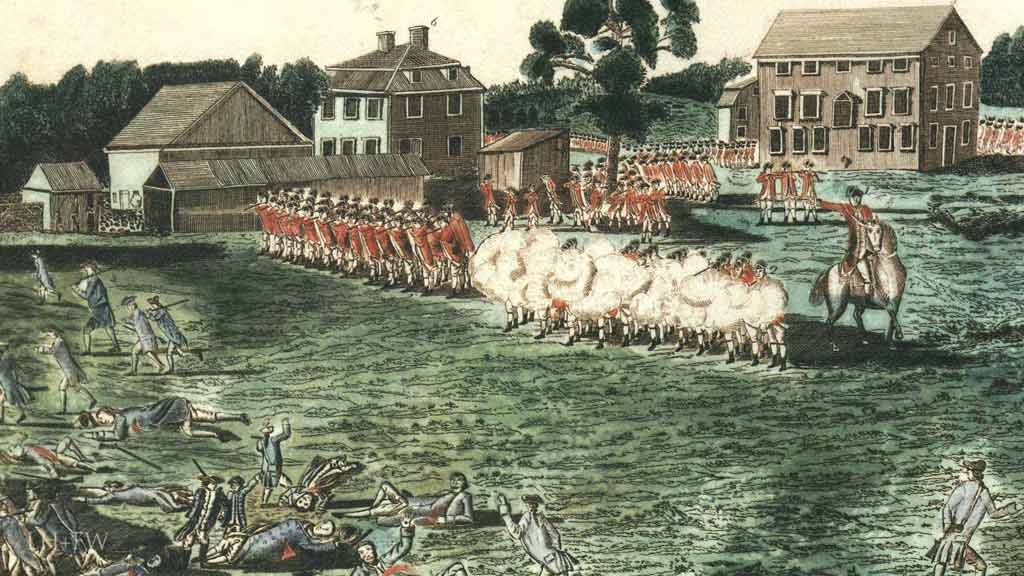
At dawn on April 19, 1775, British troops arrived in Lexington, encountering a small group of colonial militia on Lexington Green. Amidst confusion and tension, a shot was fired, marking the beginning of the Revolutionary War.
This brief skirmish resulted in several casualties among the colonists before the British continued their march to Concord.
The Symbolism of the Shot Heard ‘Round the World
The confrontation at Lexington Green, often called the “Shot Heard ‘Round the World,” holds immense symbolic significance in American history.
It represents when colonial resistance to British oppression transformed into open rebellion, igniting the flames of revolution that ultimately led to American independence.
Legacy and Commemoration
The Battle of Lexington is commemorated annually in the town with reenactments, ceremonies, and events.
The Lexington Battle Green, where the initial confrontation occurred, remains a focal point for remembrance and reflection, serving as a tangible reminder of the town’s pivotal role in the nation’s birth.
Continued Impact on Lexington
The Revolutionary War profoundly impacted the residents of Lexington, many of whom served in the colonial militia or supported the war effort in various ways.
The town’s historic buildings, such as the Buckman Tavern and Munroe Tavern, remind us of this tumultuous period in American history and are preserved as landmarks of Lexington’s revolutionary heritage.
The Revolutionary War left an indelible mark on the history of Lexington, Massachusetts.
The April 19, 1775 events forever linked the town to the struggle for American independence and continue to be commemorated as integral moments in the nation’s founding story.
The Battle of Lexington in Massachusetts
The Battle of Lexington, which occurred on April 19, 1775, in Lexington, Massachusetts, was a significant event marking the beginning of the American Revolutionary War. Here’s a detailed overview of the battle:
Background
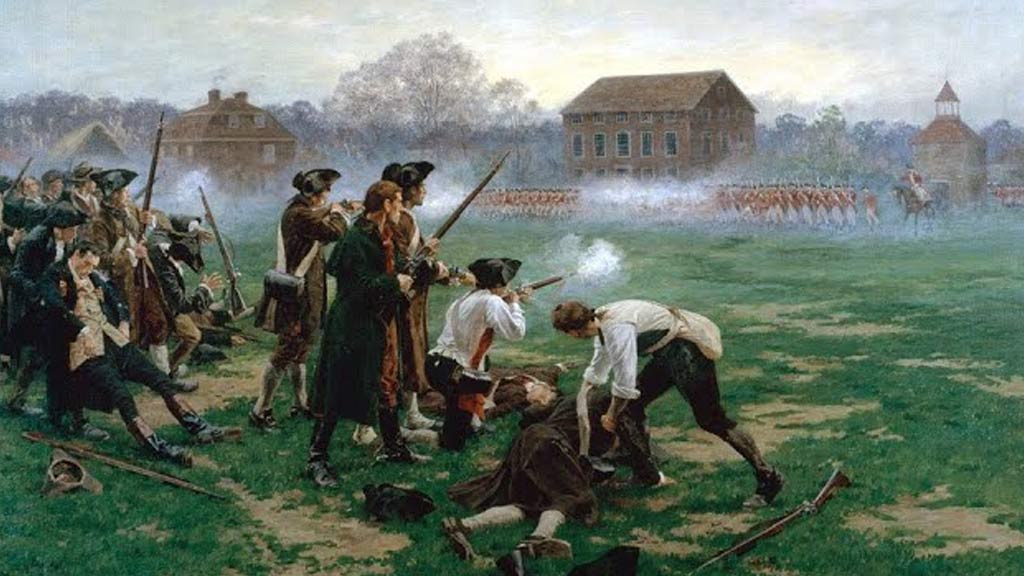
Tensions had been brewing between American colonists and British authorities for years over issues such as taxation without representation, colonial autonomy, and British military presence in the colonies.
In April 1775, British forces in Boston received orders to march to Concord to seize colonial military supplies and arrest rebel leaders Samuel Adams and John Hancock.
Colonial Preparedness
Aware of the British plans, colonial militias throughout Massachusetts began mobilizing to defend their communities and resist British encroachment.
Riders like Paul Revere and William Dawes warned local militias of the impending British advance.
British March to Concord
In the early hours of April 19, 1775, British troops under the command of Lieutenant Colonel Francis Smith began their march from Boston to Concord.
They aimed to confiscate colonial munitions stored in Concord and capture Adams and Hancock.
Encounter at Lexington
As the British marched through Lexington, they encountered a small group of colonial militia, known as the Lexington militia, assembled on Lexington Green.
Both sides were tense and nervous. Amidst the confusion, a shot was fired, whether intentionally or accidentally remains uncertain, which initiated the conflict.
First Shots and Casualties
The “shot heard round the world” at Lexington Green resulted in the deaths of eight colonial militiamen and injuries to several others. The British soldiers continued their advance toward Concord after dispersing the Lexington militia.
Continuation to Concord
Following the brief skirmish in Lexington, British forces proceeded to Concord, where they engaged in a series of confrontations with colonial militia.
The subsequent fighting at the North Bridge in Concord resulted in British casualties and marked a significant moment of resistance for the colonists.
Colonial Response
News of the clashes at Lexington and Concord spread rapidly, prompting additional colonial militias to mobilize and confront the British as they retreated to Boston.
The coordinated colonial response effectively initiated a wider conflict that would become the American Revolutionary War.
Legacy and Commemoration
The Battle of Lexington holds immense symbolic importance in American history as the first military engagement of the Revolutionary War.
Each year, the town of Lexington commemorates the event with ceremonies, reenactments, and memorial services, honoring the sacrifices made by those who fought for American independence.
History of Lexington, Massachusetts: Post-Revolutionary Era and Beyond
History of Lexington, Massachusetts: Post-Revolutionary Era and Beyond:
Reconstruction and Recovery
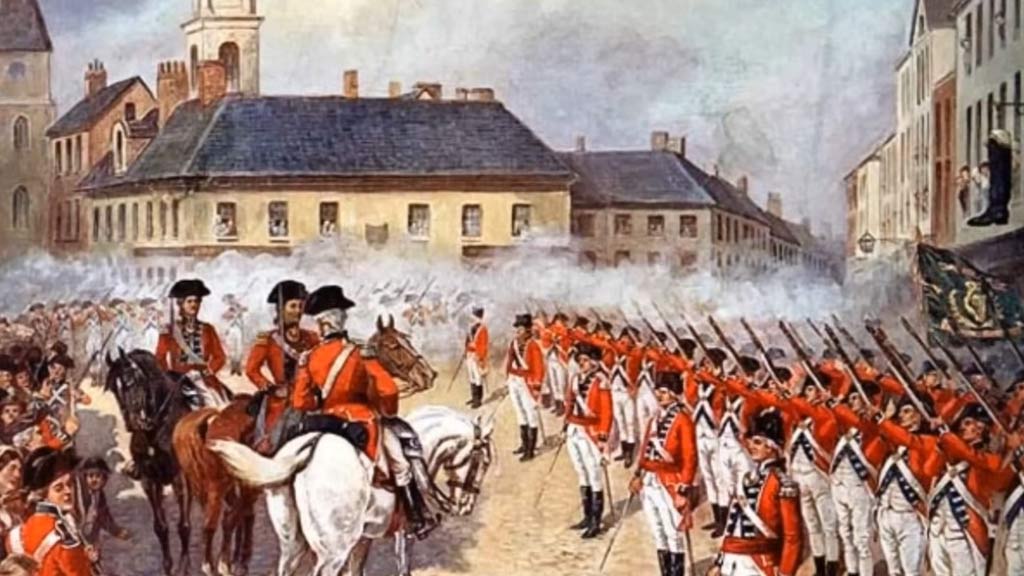
Following the Revolutionary War, Lexington, like many other American towns, underwent reconstruction and recovery.
The town worked to rebuild infrastructure damaged during the conflict and restore its economy, which wartime upheavals had disrupted.
Industrialization and Urbanization
In the 19th century, Lexington experienced the effects of industrialization and urbanization sweeping across New England.
The emergence of textile mills, tanneries, and other industries brought economic growth and diversification to the town, attracting new residents and transforming its landscape.
Transportation and Communication
Improved transportation networks, such as railroads and turnpikes, connected Lexington to regional markets and facilitated the movement of goods and people.
The introduction of telegraph and telephone lines further enhanced communication and connectivity with the outside world.
Cultural and Educational Institutions
Lexington became home to various cultural and educational institutions that enriched the community and promoted intellectual and artistic endeavors.
Establishing schools, libraries, and civic organizations fostered a sense of civic pride and community engagement.
Civil War and Military Service
During the Civil War, Lexington residents answered the call to service, with many volunteering to fight for the Union cause.
The town’s contributions to the war effort and sacrifices made by its residents are commemorated through memorials and monuments dedicated to veterans.
Suburban Development
In the 20th century, Lexington underwent significant suburban development as suburbanization trends swept across the United States.
The town experienced population growth, the expansion of residential neighborhoods, and the development of suburban amenities such as shopping centers and recreational facilities.
Preservation of Historic Heritage
Despite modernization and development pressures, Lexington has remained committed to preserving its historic heritage and character.
Efforts to protect and maintain historic landmarks, such as the Battle Green and colonial-era buildings, have ensured that the town’s revolutionary legacy is cherished and remembered.
Community Engagement and Participation
Lexington continues to be characterized by strong community engagement and participation in local affairs.
Residents actively participate in civic organizations, volunteer initiatives, and community events, contributing to the town’s vibrant social fabric.
FAQs
How did Lexington, Massachusetts, contribute to the Revolutionary War?
Lexington played a pivotal role in the Revolutionary War by serving as the site of the first conflict between colonial militia and British troops.
The bravery of Lexington’s militia members symbolized colonial resistance to British tyranny and inspired further acts of defiance throughout the colonies.
What is the significance of Lexington Green in American history?
Lexington Green holds immense historical significance as the site where the Battle of Lexington began.
Here, British troops encountered colonial militia, leading to the first shots of the American Revolutionary War and sparking the fight for American independence.
How has Lexington, Massachusetts, preserved its colonial heritage?
Lexington has preserved its colonial heritage through the preservation of historic landmarks such as the Buckman Tavern and Munroe Tavern, as well as through annual commemorations and reenactments of the Battle of Lexington.
These efforts ensure that the town’s revolutionary legacy is cherished and remembered.
What role do cultural and educational institutions play in Lexington’s history?
Cultural and educational institutions have played a vital role in Lexington’s history by enriching the community and promoting intellectual and artistic endeavors.
Establishing schools, libraries, and civic organizations has fostered a sense of civic pride and community engagement throughout the town’s history.
Wrapping Up
So, the history of Lexington, Massachusetts, is a tapestry woven with threads of colonial settlement, revolutionary fervor, and cultural heritage.
From its Native American roots to its pivotal role in the American Revolutionary War and its continued commitment to preserving its historic legacy.
Also, Lexington stands as a testament to its inhabitants’ resilience, courage, and spirit throughout the centuries. Thank you very much.
Jaclyn Lowe